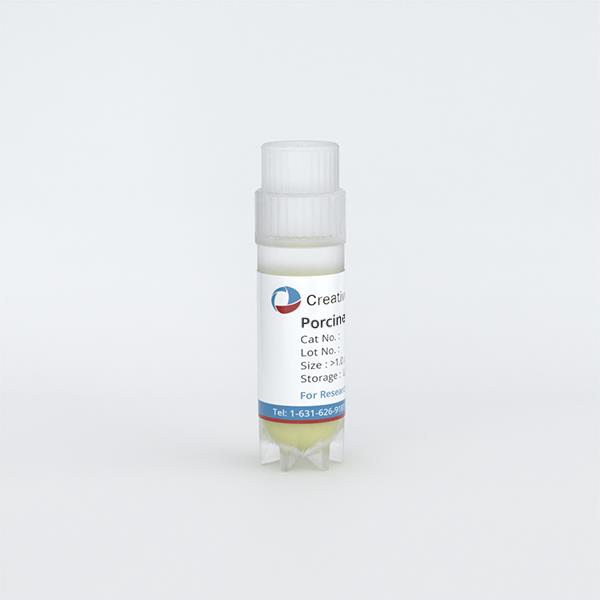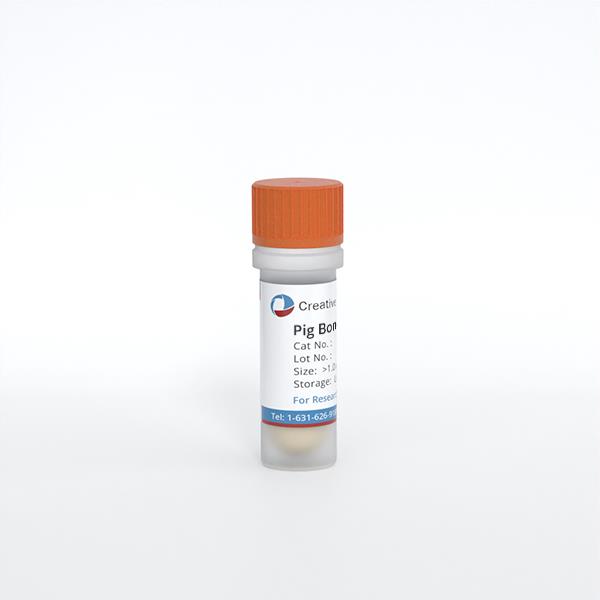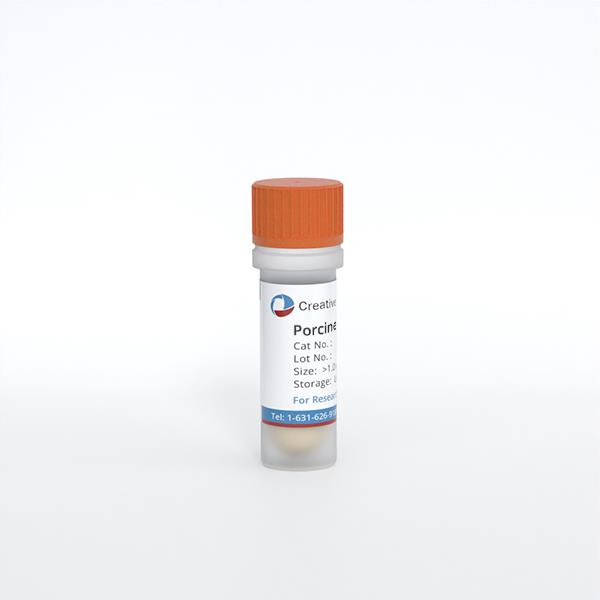
Porcine Bone Marrow Dendritic Cells
Cat.No.: CSC-C4920L
Species: Pig
Source: Bone Marrow
Cell Type: Dendritic Cell
- Specification
- Background
- Scientific Data
- Q & A
- Customer Review
Never can cryopreserved cells be kept at -20 °C.
Porcine Bone Marrow Dendritic Cells (PBMDCs) are immune cells that originate in the bone marrow of pigs. Pigs are used as model animals for biomedical studies because they share some immunological characteristics with humans and therefore offer special utility in some studies. PBMDCs have high antigen uptake and presentation, thus prompting targeted immune responses in pigs. They also regulate immune responses by secreting multiple immunoregulatory mediators that regulate the magnitude and nature of immune response.
PBMDCs can be used in research to study veterinary immune diseases, including vaccine development for porcine infectious diseases, by testing how their immune systems respond to vaccine antigens, which can be used to design better vaccines for pigs. Furthermore, because pigs and humans are anatomically and physiologically alike, PBMDCs can be used as model cells for human disease studies. They play a key role in figuring out the pathogenesis of some immune-mediated disorders and in the early evaluation of novel treatments.
Porcine BMDCs Upregulate the Maturation Markers CD80/86 and Produce Several DC Signature Cytokines upon Stimulation with LPS
In pigs, infectious diseases threaten animal welfare and cause economic losses in the pig industry, especially around early life and weaning. Enhancing resistance through feed additives with immunomodulatory properties is a proposed solution. Geervilet et al. aimed to investigate the immune-stimulating potential of two feed additives, yeast-derived β-glucans and E. coli Nissle 1917, using fresh and cryopreserved bone marrow-derived dendritic cells (BMDCs).
MHC-II、CD80 and CD86 are maturation markers of derived dendritic cells. And DC maturation also results in the production of cytokines such as TNFα, IL-1β, IL-6, IL-10 and IL-12. Upon LPS stimulation, fresh BMDCS (frhBMDCs) and cryopreserved BMDCs (cryoBMDCs) both showed a dose-dependent increase in CD80/86 expression (MFI) (Fig. 1). Base levels differed (frhBMDCs at MFI of 753, cryoBMDCs at 1165), but LPS-stimulated upregulation was similar (SI of 3.6 vs. 4.3). LPS also induced SLA Class-II upregulation, though less consistently compared to CD80/86. The percentage of CD80/86 or SLA Class-II positive cells did not change significantly. Cytokines secreted upon stimulation, such as IL-1β, IL-6, IL-10, and TNFα, rose dose-dependently (Fig. 2). LPS had no consistent effect on IL-4, IL-8, IL-12p40, IFN-α, and IFN-γ level. CryoBMDCs produced similar cytokine levels after LPS stimulation but had lower IL-10 and higher TNFα levels compared to frhBMDCs.
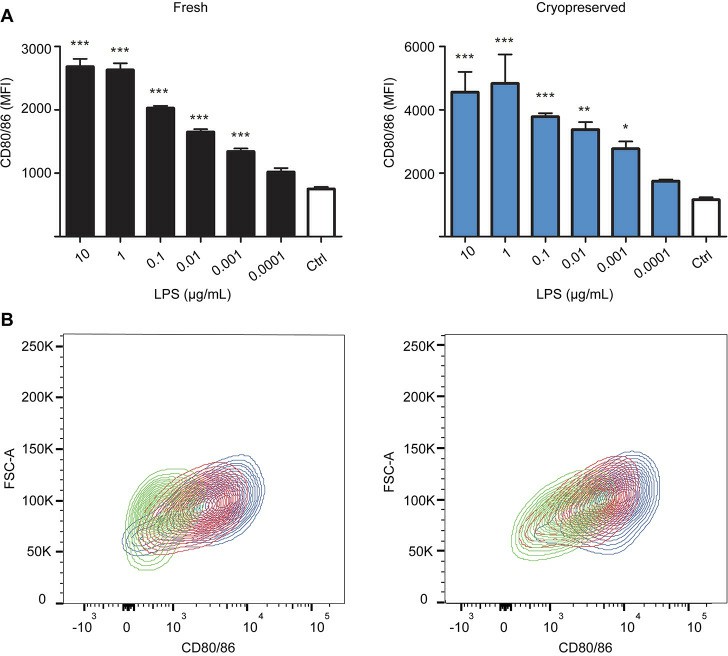 Fig. 1. FrhBMDCs and cryoBMDCs upregulate the maturation marker CD80/86 in a dose-dependent manner upon LPS stimulation (Geervliet M, Lute LCP, et al., 2020).
Fig. 1. FrhBMDCs and cryoBMDCs upregulate the maturation marker CD80/86 in a dose-dependent manner upon LPS stimulation (Geervliet M, Lute LCP, et al., 2020).
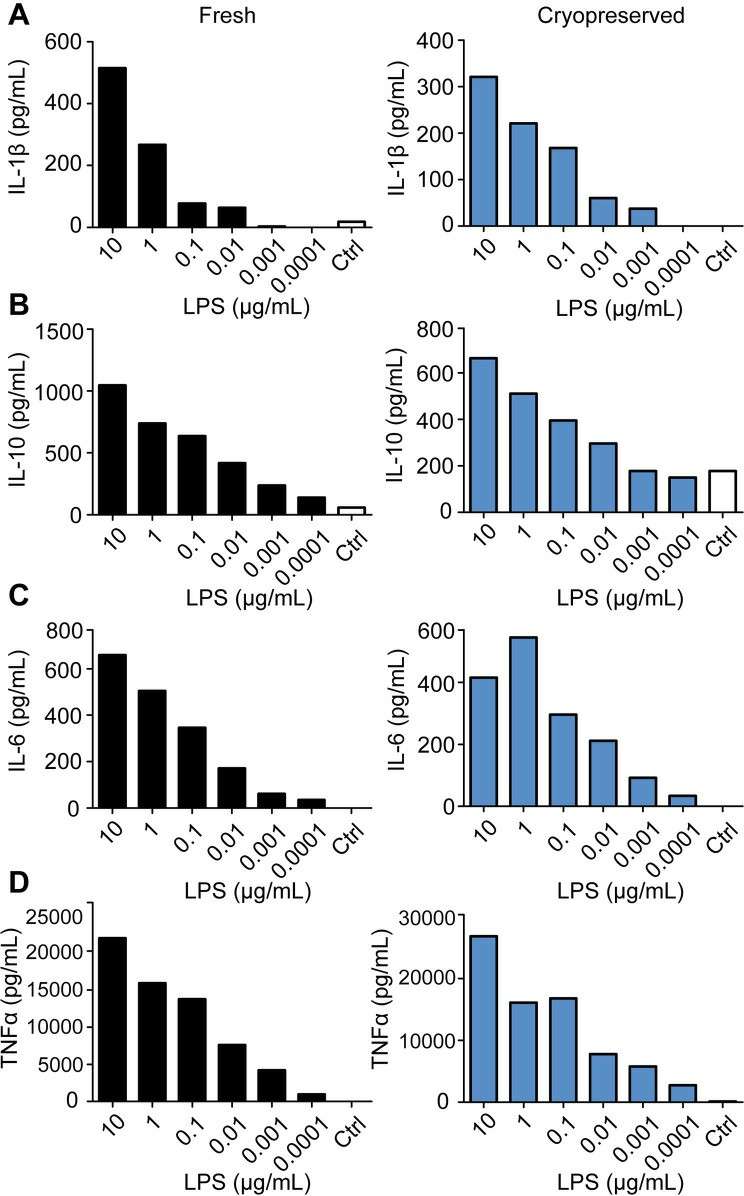 Fig. 2. FrhBMDCs and cryoBMDCs are able to produce cytokines in a dose-dependent manner upon LPS stimulation (Geervliet M, Lute LCP, et al., 2020).
Fig. 2. FrhBMDCs and cryoBMDCs are able to produce cytokines in a dose-dependent manner upon LPS stimulation (Geervliet M, Lute LCP, et al., 2020).
Development of the PD9-9 Monoclonal Antibody for Identifying Porcine Bone Marrow-Derived Dendritic Cells
Pigs are essential economic livestock and serve as significant model organisms for medical research. Viral infections can cause substantial losses. Dendritic cells (DCs), as a crucial component of the immune response, are involved in major porcine viral infections. Despite their critical role, isolation of DCs is complicated by their low frequency in tissues. Therefore, Kim et al. aimed to develop a monoclonal antibody (mAb), PD9-9, capable of identifying porcine DCs differentiated from bone marrow progenitor cells, thereby aiding in the study of porcine DC biology.
DCs were derived from bone marrow cells (BMCs) to create mAbs targeting porcine DCs (Fig. 3). Mice were immunized with BMDCs, leading to hybridomas that produced antibodies recognizing porcine DCs. These antibodies were screened for specificity against peripheral blood mononuclear cells, excluding those with non-specific leukocyte reactivity. Specific mAbs for porcine BMDCs were selected, and their isotypes categorized, all containing heavy immunoglobulin G and light kappa chains. The PD9-9 clone was expanded for its high-reactivity mAb production capacity. PD9-9 mAbs identified porcine DCs expressing CD16 and CD1 with high MHC II levels (Fig. 4a). These mAbs bound to porcine DCs similarly to anti-porcine CD16 (G7 mAb) (Fig. 4b). Thus, the study highlighted PD9-9 mAb's recognition of porcine DCs, confirming its use in flow cytometry and immunocytochemistry.
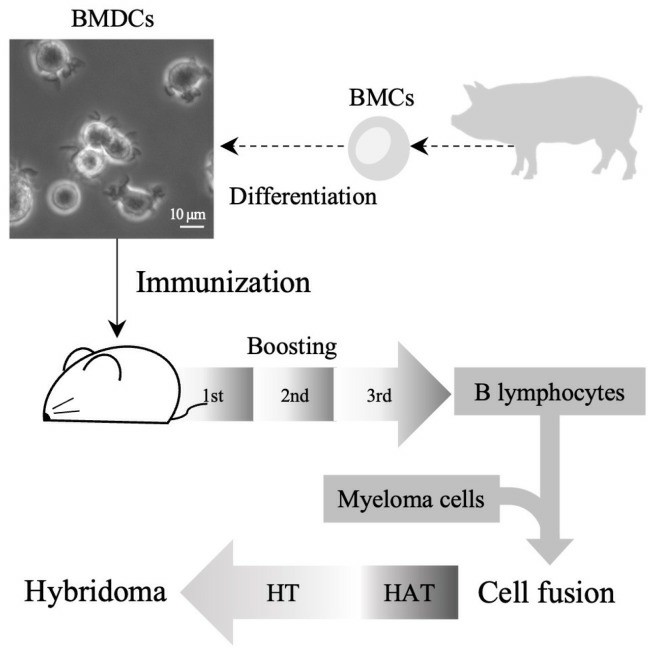 Fig. 3. Diagram illustrating the production process of monoclonal antibodies (mAbs) against porcine dendritic cells (DCs) (Kim SE, Kim YK, et al., 2024).
Fig. 3. Diagram illustrating the production process of monoclonal antibodies (mAbs) against porcine dendritic cells (DCs) (Kim SE, Kim YK, et al., 2024).
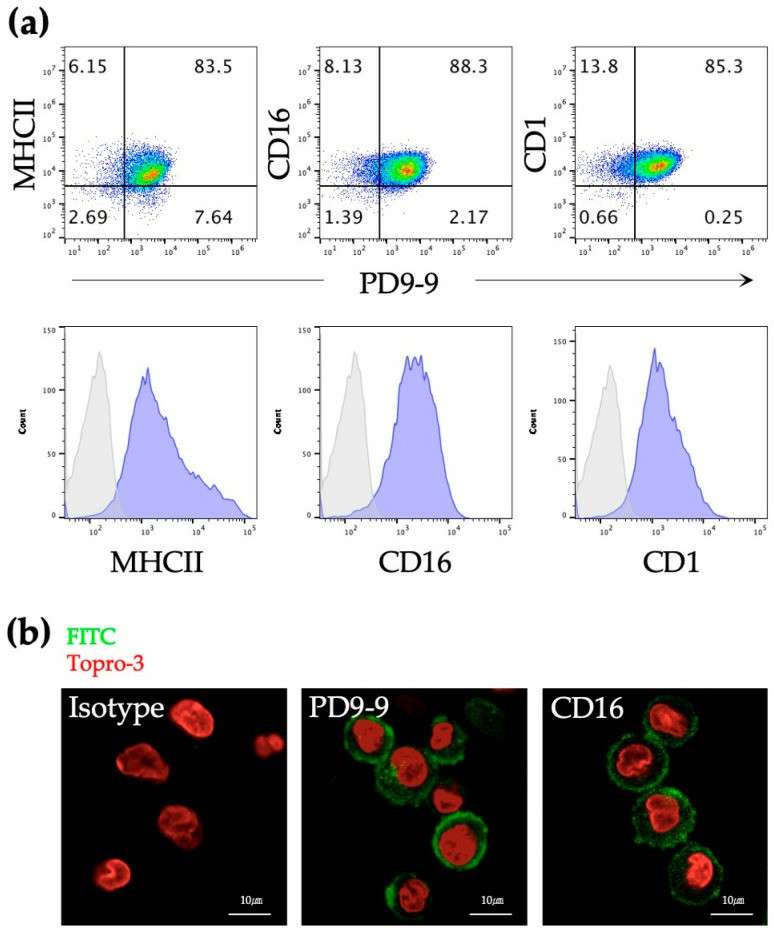 Fig. 4. Application of PD9-9 mAbs to identify porcine DCs (Kim SE, Kim YK, et al., 2024).
Fig. 4. Application of PD9-9 mAbs to identify porcine DCs (Kim SE, Kim YK, et al., 2024).
Regularly (once a week) replace the water inside the water dish, the water dish must use sterile distilled water or sterile deionized, the water dish can be added 1% copper sulfate to prevent mold contamination.
Ask a Question
Average Rating: 5.0 | 1 Scientist has reviewed this product
Timely response
The technicians are knowledgeable and answered all of my questions in a timely manner.
02 Aug 2023
Ease of use
After sales services
Value for money
Write your own review
- You May Also Need
